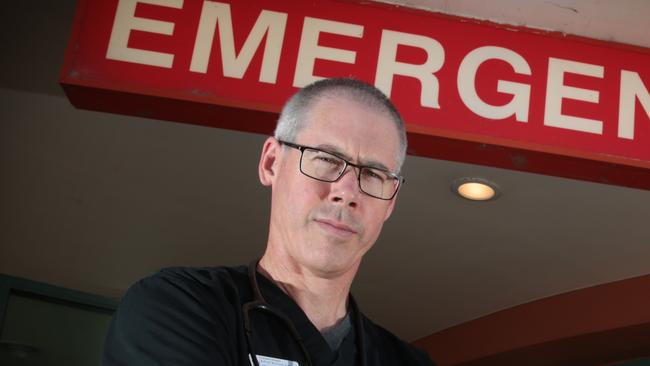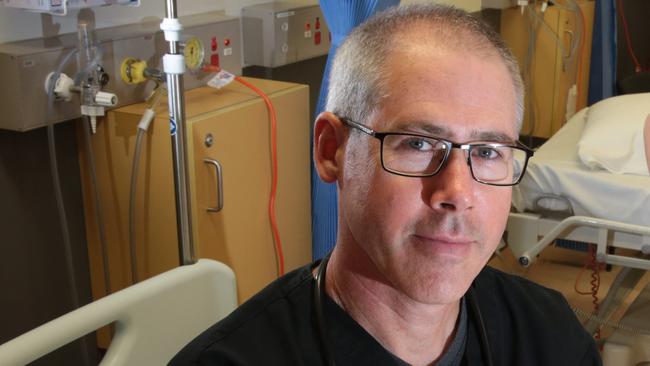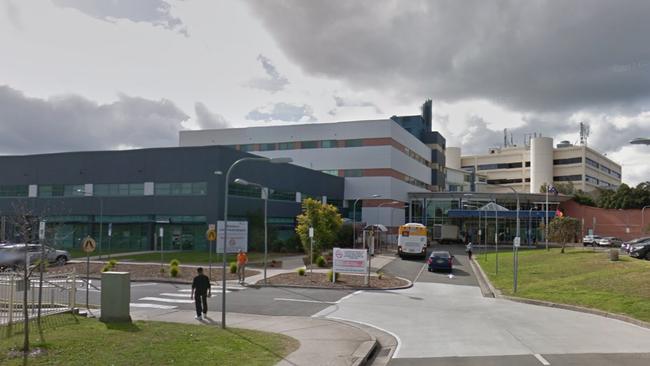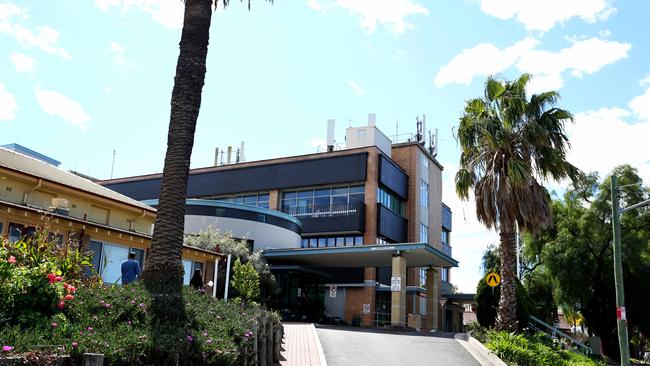NSW Hospitals: Claims health department removed beds from Camden, Campbelltown emergency
There are claims of a reduction in the number of beds at Sydney’s busiest emergency rooms, which has resulted in staff being forced to treat heart attack, stroke and sepsis patients on stretchers in corridors or waiting chairs. SEE WHERE IT IS TAKING PLACE HERE

Macarthur
Don't miss out on the headlines from Macarthur. Followed categories will be added to My News.
An explosive report has suggested the NSW Government reduced the number of beds available in one of the state’s busiest emergency departments — while expecting staff would treat close to 10,000 fewer presentations in a single year.
The claims from the embattled emergency departments come as The Australasian College for Emergency Medicine issued cause for alarm for patients requiring admission into hospital, with 90 per cent waiting “for up to 17 hours and 44 minutes in the Emergency Department before an inpatient bed becomes available”.

An ACEM spokesman said South West Sydney Local Health District staff had reported “dangerously overcrowded Emergency Department conditions” due to insufficient clinical space to assess patients, in a submission to the NSW Parliamentary Inquiry into southwest Sydney health provisions.
“Our members report that patients are being treated for serious conditions such as chest pain, stroke and sepsis sitting in chairs or on stretchers in corridors as no appropriate bed in a designated treatment space is available for them,” the spokesman said.
THE GREAT DIVIDE — SYDNEY’S HEALTH CRISIS
Part One: south west patients funded $800 less per person than Sydney residents
Part Two: south west patients forced to travel hours for treatment
Part Three: leaders are calling for a new hospital at Aerotropolis
Part Four: 24,000 new medical students needed to fight west’s growth
Part Five: Patients waiting 300 days for surgery in south west Sydney
Part Six: south west teens shock youth suicide numbers as specialist staff numbers revealed
Campbelltown and Camden Hospital Emergency Department director, associate professor Richard Cracknell, revealed the startling bed-reduction claims in the department’s submission into the NSW Parliamentary Inquiry.

Prof Cracknell said the massive increase in emergency department presentations, which have risen from 80,000 to 95,000 in three years, could have been predicted by projected population growth.
“During the redevelopment planning process the allocated number of ED treatment spaces — based on population and evidence — was reduced by eight per cent,” Prof Cracknell said.
“The rationale for this reduction was the expectation of large scale ‘hospital avoidance’ measures.”
But he said avoidance measures including community-based clinics were invalid.
“This results in a new ED that will be under powered to manage the actual population and presentation increases.”

The director said the two hospitals were being funded “at rates that are not in proportion to the population distribution in Sydney”, while staff witnessed a “progressive reduction” in maternity, acute medical and emergency services — despite the government’s expectation of a 383 per cent growth in population.
“Camden hospital is a perfect example, much of the last 20 years has been spent reducing services and debating which departments, including the ED, should close and indeed whether the hospital itself should close,” he said. “Camden is not planned for any substantive capital enhancement despite the massive growth and obvious need”.
A NSW Health spokeswoman said Camden and Campbelltown local government areas were expected to increase by 150,606 people by 2031.

“Along with projected population growth and ageing, the activity projections provided by the Ministry are based on previous trends in activity and adjusted for recent technological innovation and clinical practice changes,” the spokeswoman said in response to submissions.
“The methodology is in line with international best practice, including modelling trends in utilisation rates and applying these to population projections.”
NSW Health, in response to the submissions, argued the planning approach “addresses the needs of the growing population ensuring adequate service in all areas of health”.

Stage two of the $636 million Campbelltown Hospital redevelopment was launched in 2019, however no capital expenditure has been planned for Camden Hospital — despite its proximity to the new Western Sydney Aerotropolis.
In 2019-20, the SWSLHD initial expense budget was almost $2 billion, an increase of almost $94 million or 4.9 per cent on the 2018-19 budget. The local health district saw a 1.9 per cent increase based on increased population growth.

